
Digital Archives of Japanese Cultural Heritages

Digital Archives of Japanese Cultural Heritages
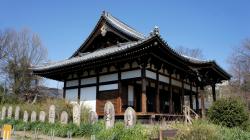
In 629 a monastery called Hannya-Dai was established here by a priest named Ekan who had come to Japan across the sea from Goguryeo, a kingdom in Korea. He is known for having introduced to Japan the Buddhist school of Sanlun (Three Treatise school, or Sanronshu in Japanese). Then a pagoda was built in 735 in accordance with an order by Emperor Shomu, and Dai-Hannya-Kyo (Mahaprajnaparamita Sutra) (Great Perfection of Wisdom Sutra) was stored in its stylobate since he wished to protect the capital Heijokyo at its northeastern gate, Kimon (Damon's Gate) where the monastery was located. Therefore this monastery was named Hannyaji Temple. In the Heian period, Hannyaji flourished as a temple for studying the Buddhist doctrines, and one thousand priests studied there. But its whole buildings burned to ashes as a result of the Taira clan's attack to the southern capital, Nara, in 1180. The temple's seven major structures, including a thirteen storied stone pagoda, were rebuilt in the Kamakura period and its complex was restored to the original state. In the Main Hall, a statue of Monju Bosatsu (Manjusri) was enshrined by Eison Shonin (Saint Eison) of Saidaiji Temple as the principal image of Buddha for Hannyaji. A charity event called "Musha no Daie" began at this temple in order to help people suffering from illness and poverty, giving alms to thousands of people. Thus, Hannyaji is famous in history as a pioneer of philanthropy in Japan. After then, this temple has encountered various situations of ups and downs such as repeated fires by wars during the Muromachi and Sengoku periods, resurgence in the Edo period, and Haibutsu Kishaku (anti Buddhist Movement) in the early Meiji period, surviving to this day as a temple inheriting the teachings of the Shingon Ritsu school. Hannyaji is now widely known for blossom of cosmos in its precincts in autumn season.
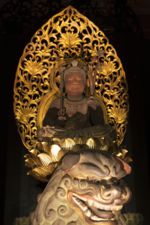
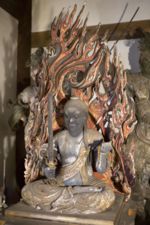

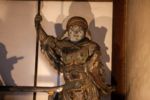
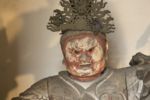
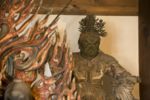

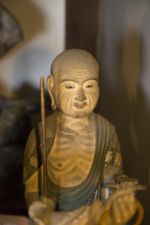

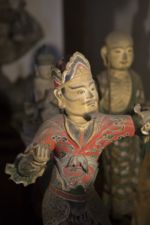
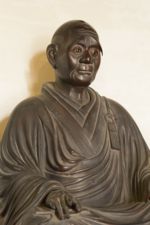
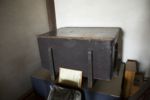
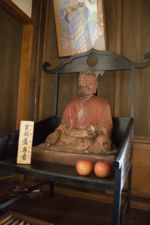

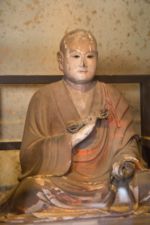
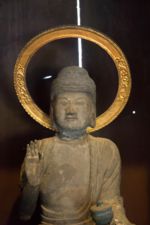
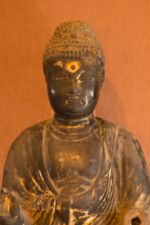
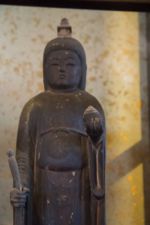


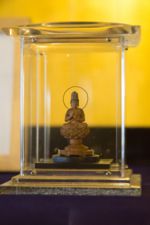
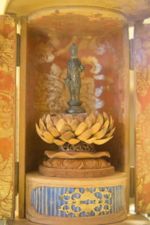

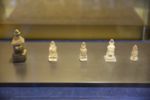
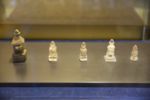
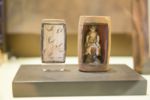
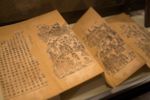
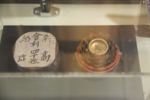
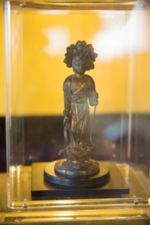



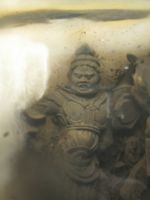
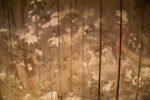
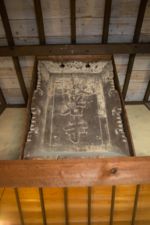
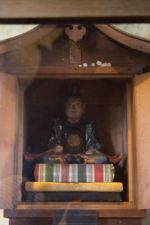
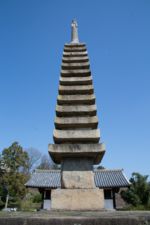
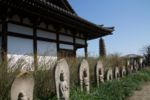
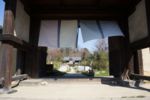
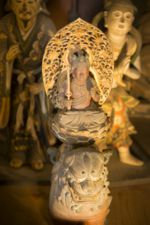
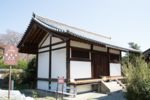
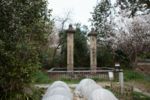
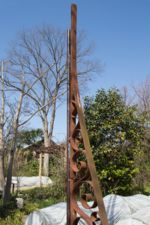
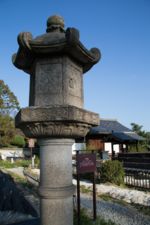
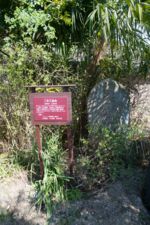
 Kansai Economic Federation (KANKEIREN)
Kansai Economic Federation (KANKEIREN)